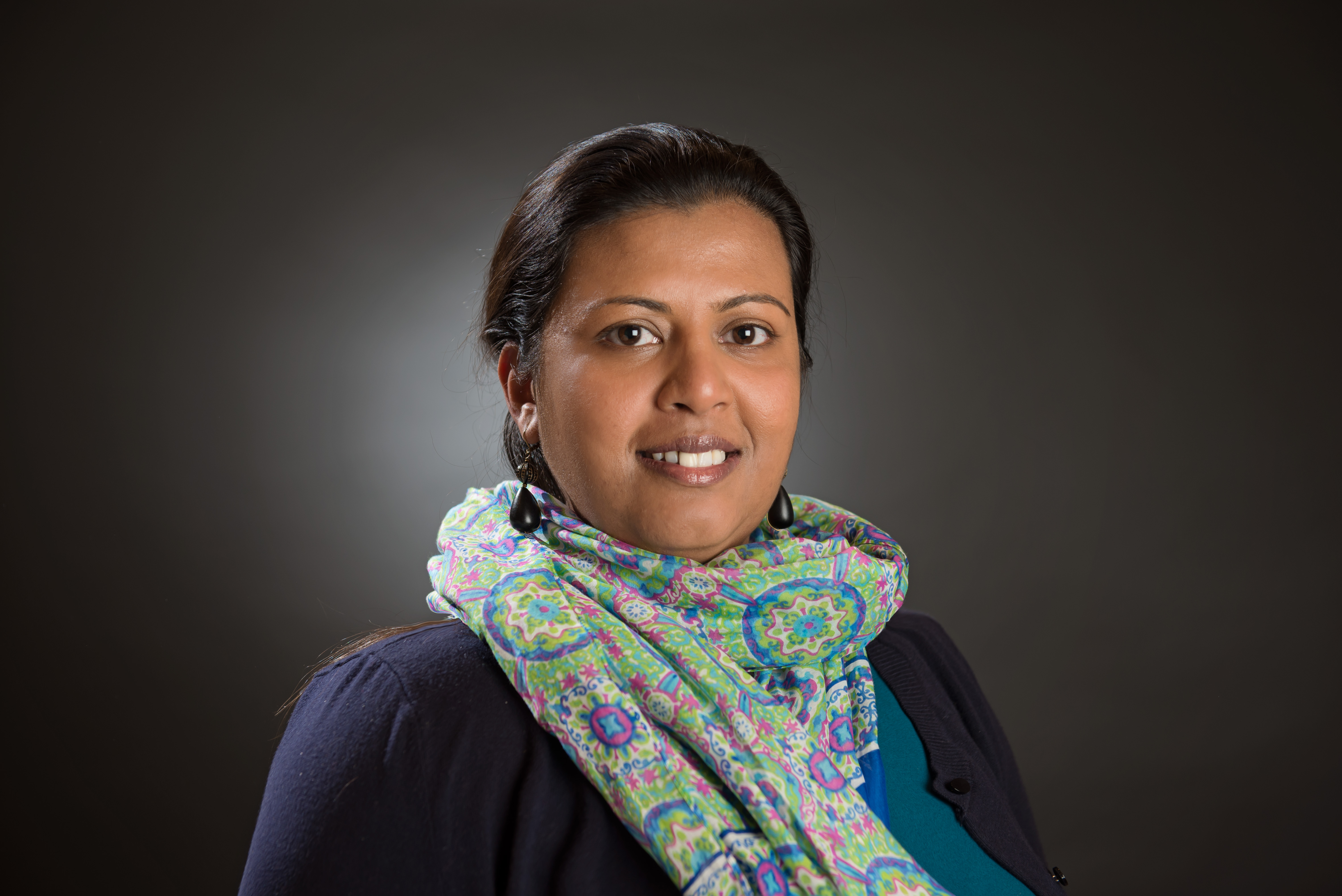- Home
- About Us
- The Team / Contact Us
- Books and Resources
- Privacy Policy
- Nonprofit Employer of Choice Award

 In my last article, I talked about why I created a job description unlike any that exists today. Today, I will share insights from the interviewing process following the job posting.
In my last article, I talked about why I created a job description unlike any that exists today. Today, I will share insights from the interviewing process following the job posting.
I had nearly 100 individuals apply for the job I posted on LinkedIn. Out of these applicants, about 70 followed my instructions. Out of those 70 candidates, I narrowed down and interviewed 13 individuals. Not all 13 were a perfect fit, but all had something to offer. I scheduled a one-hour interview with all 13 individuals. They were sent a detailed email with who they will be meeting with, the themes we would be talking about, and the structure of the interview.
I offered themes for the interviews rather than specific questions because I wanted to keep the interview conversational versus a question/answer round. Utilizing this “themes” strategy worked really well. It allowed me to dig deeper into the applicants experience with respect to issues that the Funder Collaborative worked on. I was also able to assess their critical thinking skills in terms of how they responded and consider any follow-up questions they had. I tested whether they could be a thought partner for me (a key requirement for the job) and how they related their past experience to the current situation. It also helped the candidates reveal their true self, not be anxious, connect the past to the future, and get an opportunity to guide the conversation.
Interviews were scheduled for 60 minutes and broken into two chunks of 30 minutes. In the first 30 minutes, a colleague and I interviewed the applicant, and the second 30-minute block allowed the applicant to interview us, asking any questions that they may have. Each applicant received a list of themes/topics we would be talking about ahead of time. This was done intentionally.
Often, interviewees only get 10 minutes at the end of an interview to ask questions, and that is not enough time for them to get to know the organization, the position, and/or the interviewer. I didn’t want this time constraint, so I provided them with the same amount of time as me to ask their questions. It helped me to assess whether they were serious about the job and evaluate the kind of questions they had. Could I be a thought partner to them? I wanted to demonstrate this two-way reciprocity – that they needed to know me as much as I needed to know them. The only way to do this was by being equitable, fair and transparent.
Some candidates used their full 30 minutes, and others only had 10 minutes’ worth of questions. It didn’t really matter to me whether they used up their full 30 minutes or not. What mattered was that they had equal amount of time as me and didn’t feel the power imbalance that often exists between an interviewer and an interviewee.
At the end of the 13 interviews, only two individuals moved to a final interview. This was intentional as well. I didn’t want more candidates in the final round because the first round had provided me with a good sense of who I could/would work well with, and who was not a good fit. The two strongest candidates advanced to having a discussion with me about their work styles, determining if they had any hesitations about the job, and answering any outstanding questions they had. The second interview was also scheduled for 60 minutes, broken into two chunks of 30-minutes each. I sent both the candidates the questions that I would be asking ahead of time so they knew what the focus of the interview would be and could prepare.
At the end, I made an offer to the candidate that had the strongest complementary skills to me, that demonstrated a high degree of critical thinking, and possessed an understanding of systems change and equity – the two main pillars of our work at the Funder Collaborative.
Next week: Feedback or Not?
Surabhi Jain is the Executive Director of Toronto’s Workforce Funder Collaborative. She brings over two decades of experience in the social impact sector working to advance access to education and jobs for marginalized communities in the US and Canada. As a founder of a women’s leadership fellowship, Surabhi brings together white, black, indigenous, and other women of colour to share their lived experiences around systemic inequities like race, gender, patriarchy. Additionally, as a consultative coach, Surabhi works with individuals and organizations to embed equity and inclusion in their work that leads to tangible changes and fosters a more inclusive environment. To connect with Surabhi, visit www.powerXprivilege.com.